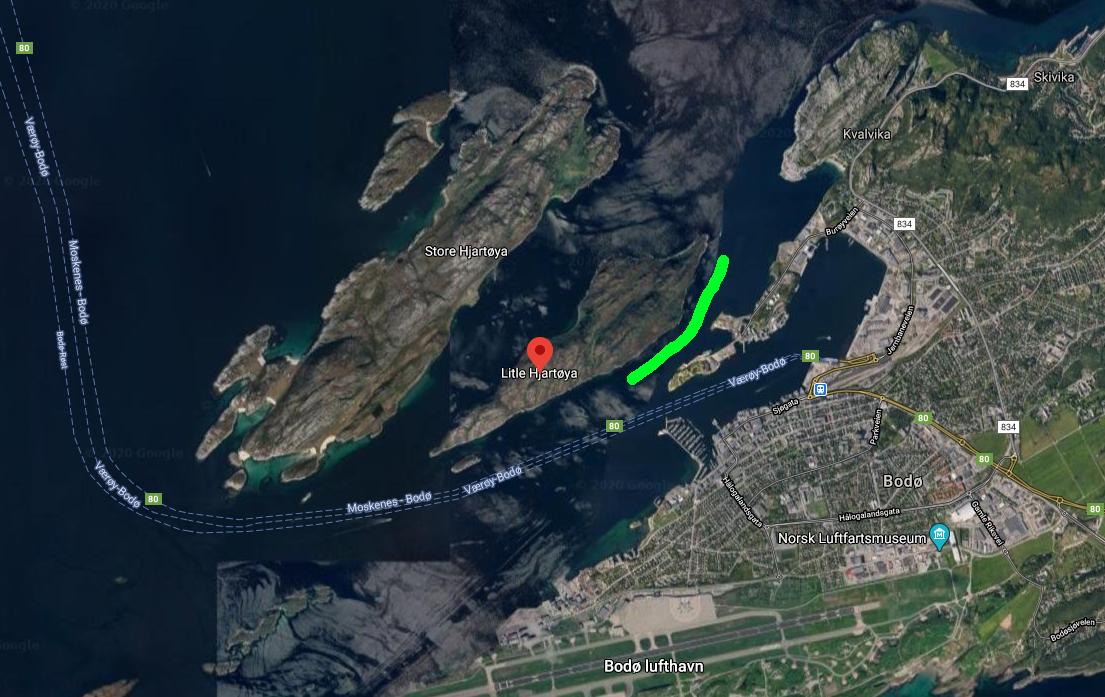I cannot answer all points for you, but as I kayak frequently on bodies of water used by ships (also sometimes in narrow ship channels or in places like the Lorelei), here are some points to think about. They stay the same for both swimmers and small boats, so they are relevant even if you decide to rent a kayak or canoe. And one specifically for swimmers: due to the way the water moves, you will spend more energy to cover the same distance in running water than in a pool, reducing your effective radius.
Ships
It is certain that they will not see you. A cargo ship of the river type is huge, an ocean going one is humungous. The first deck is several stories above the water, the captain's booth is at the highest point far in the back, and the ship body spans a long distance before the booth. This means that, when the captain looks out of the booth, he cannot see anything a few hundred meters in front of the ship, because it is in the ship's own "shadow".

For river ships, this "shadow" is several hundred meters long. You are hidden from view long before your head becomes large enough to be seen.
But the even bigger problem: avoiding being hurt by a ship is very different from avoiding being hurt by a car. One danger is being run over - this is almost impossible for a single-unit ship, but apparently can happen with a tug-and-barge combination. With the "standard" ship, what happens is that you pass it at what you thought is a safe distance - and then you get sucked by its stern current and into the house-sized propellers. If you avoid this, you can get caught in the waves following the ship - it can happen that a 1000 ton wave throws you right onto a spur dyke (I've heard that this causes several injuries each year on the Rhine).
Sport boats
I don't know what it is like in the area there, but note that small "fun" boats might be worse than the very large ships. The size of the waves depends not on the size of the boat, it depends on its speed - if you get passed by a 60 kmh boat (and if it is loaded with boys showing off to shrieking girls, you can only hope it will pass you) you will be bobbing on some high waves long after it's gone.
Port area
Somebody wrote that this area is a port. Around a port entrance, you have two currents meeting, and there are many structures built underwater. This creates quite weird currents right where you wouldn't expect them, and makes it very dangerous to enter the port as a swimmer. I have seen newbies in kayaks capsize in smaller currents.
Also, it might be that even where swimming in a given body of water is legal, swimming through a port entrance is illegal, so make sure if there are ordinances about that. Also, you might go there and see a large sign telling you that the port is private and only allows entry of ships scheduled to land there - in that case, technically even entering with a kayak will be an offense.
Water temperature
As mentioned in other answers, it is an important thing to consider. Somebody commented that people can train to spend time in very cold water, but without such training, hypothermia is a very real risk. The safety rule I have been taught is:
If you fall into water below 15 C, you have about as many minutes as the temperature until you become incapacitated.
"Incapacitated" here means that you won't be able to move in a coordinated fashion and will need a rescuer even for something as easy as climbing onto a boat or raft. If you read German, you can see details here.
So take care, either as a swimmer or as a paddler - if you have never paddled before and cannot read currents and/or have never passed ships, take an experienced buddy with you.




